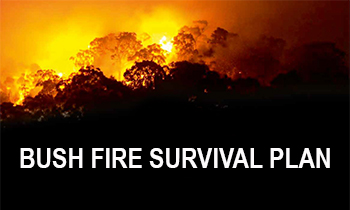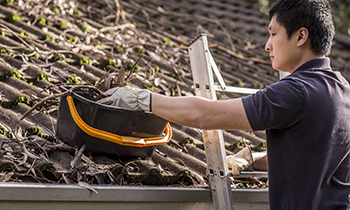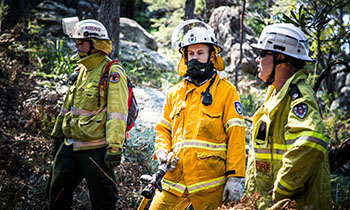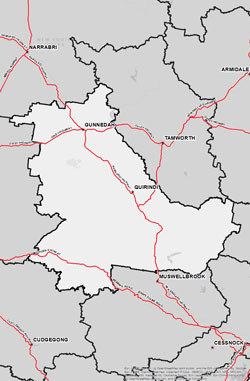Why we need a plan
Bush Fire Risk Management Plans are an effective instrument for managing risk to human activity and valued community and environmental assets. They are a key component in a multifaceted bush fire management approach for NSW.
Developed using robust data and sophisticated technology and modelling, the plans determine risk factors and develop solutions that best mitigate them.
Feedback from the exhibition of a draft plan for Liverpool Range is currently being assessed. Public feedback will be taken into consideration as the plan is finalised by the Liverpool Range Bush Fire Management Committee before being sent to the Bush Fire Coordinating Committee for review.
Current Bush Fire Risk Management Plan for Liverpool Range
The current Bush Fire Risk Management Plan (BFRMP) for Liverpool Range was approved on 4 March 2010.
This BFRMP identifies the bush fire risks in the local government areas of Gunnedah, Liverpool Plains and Upper Hunter and sets out the types of work scheduled to deal with the risk of bush fires.
Bush Fire Risk Management Plans are updated within every five-year period, however, the treatments and works set out in the plans are subject to change on a yearly basis due to fire activity, weather and new risk factors. This plan may not have been updated with the latest treatment and works plans/information.
Liverpool Range Bush Fire Management Committee is made up of a range of stakeholders from the area including emergency services, land management agencies, local government and local Aboriginal land services, and local community groups. This ensures key community stakeholders have a say on bush fire management activities for the benefit of their communities.
Liverpool Range Bush Fire Management Committee is made up of the following representatives:
- NSW Rural Fire Service
- Fire and Rescue NSW
- NSW Department of Planning, Housing and Infrastructure (Crown Lands)
- NSW Farmers' Association
- Local Land Services
- Forestry Corporation of NSW
- Gunnedah Shire Council
- Liverpool Plains Shire Council
- Upper Hunter Shire Council
- Local Aboriginal Land Councils
- Nature Conservation Council of NSW
- NSW National Parks and Wildlife Service
- NSW Police Force
- Transport for NSW
- Essential Energy
- Whitehaven Coal
- Australian Rail Track Corporation
The Liverpool Range Bush Fire Management Committee (BFMC) area spans 1,817,600ha. The area covers the Local Government Areas (LGAs) of the Liverpool Plains, Upper Hunter and Gunnedah Shire Councils and features National Parks covering an area of 70,247ha (4% of BFMC area) and State Forests covering an area of 36,670ha (2% of BFMC area).
The Liverpool Range area has approximately 43% bushland and 55% grassland with the balance being the built environment or water bodies. A bush or grass fire can happen at any time of the year, but the risk is higher during the warmer months, when bush, grass or scrub is drier.
-
 According to the Australian Bureau of Statistics 2021 Census Community Profile there are 14,997 residential dwellings in the Liverpool Range BFMC area with an approximate population of 31,582.
According to the Australian Bureau of Statistics 2021 Census Community Profile there are 14,997 residential dwellings in the Liverpool Range BFMC area with an approximate population of 31,582. -
 According to the ABS data on the counts of Australian businesses, there were 2,113 businesses in the Liverpool Range BFMC. The top three industries include Rental, Hiring and Real Estate Services; Construction; and Agriculture, Forestry and Fishing. These account for 73% of businesses in the Liverpool Range BFMC.
According to the ABS data on the counts of Australian businesses, there were 2,113 businesses in the Liverpool Range BFMC. The top three industries include Rental, Hiring and Real Estate Services; Construction; and Agriculture, Forestry and Fishing. These account for 73% of businesses in the Liverpool Range BFMC. -
 The last major bush fire happened in the 2023/24 bush fire season with with 1,157ha burnt.
The last major bush fire happened in the 2023/24 bush fire season with with 1,157ha burnt. -
 There are several valuable community assets across the area along with a number of culturally significant sites and environmentally important sites.
There are several valuable community assets across the area along with a number of culturally significant sites and environmentally important sites.







